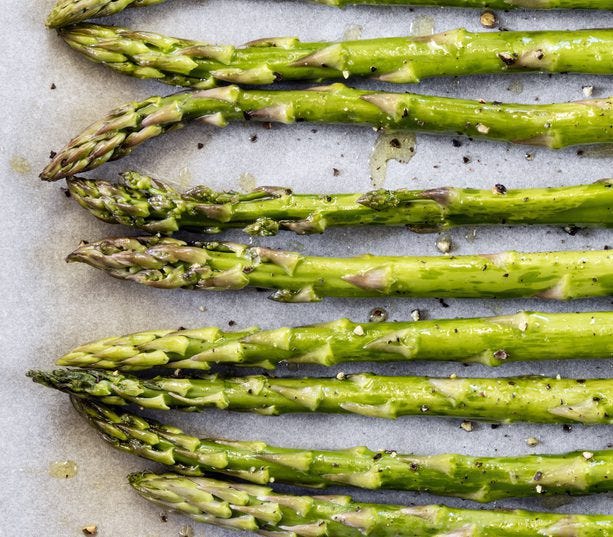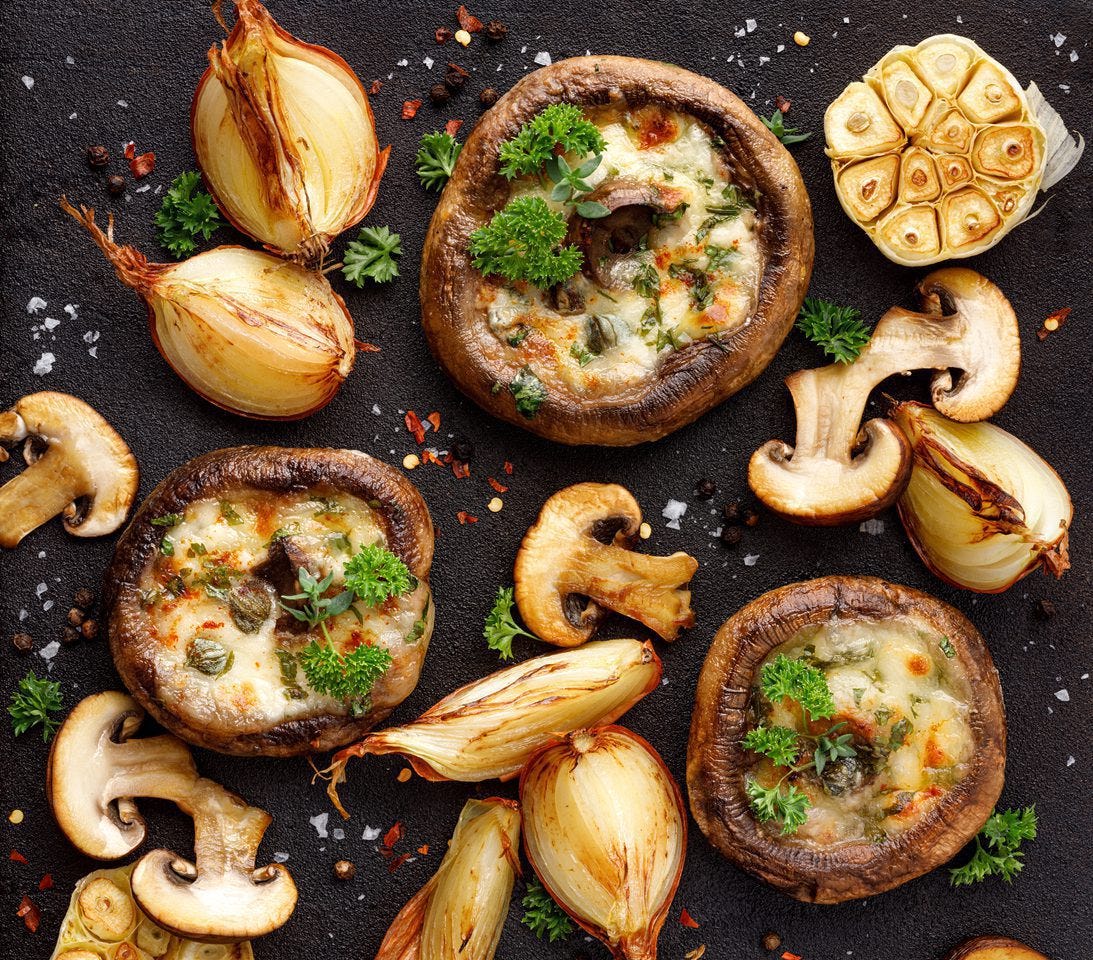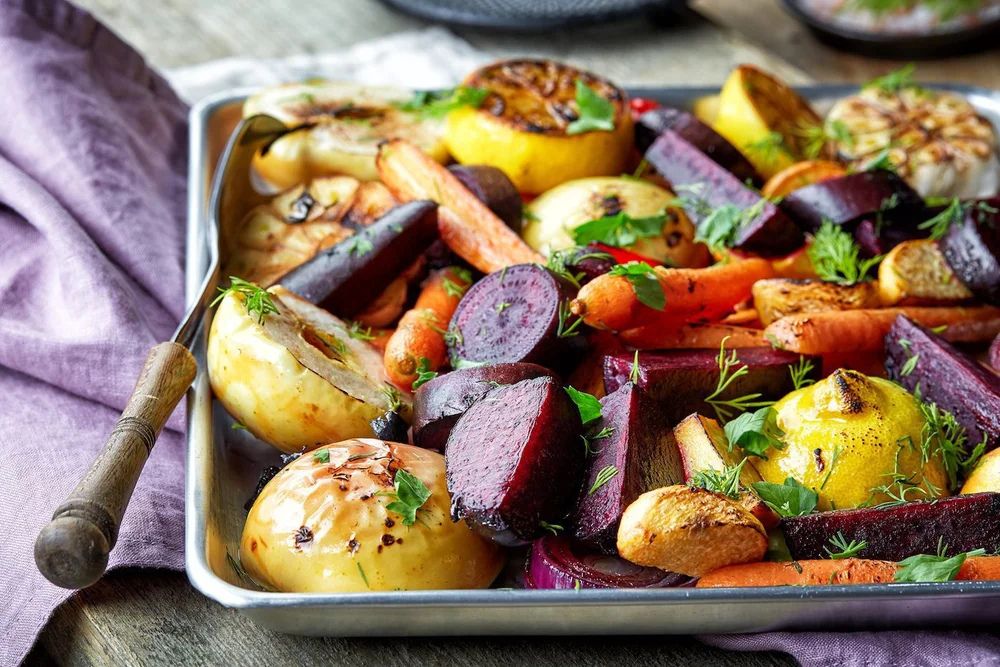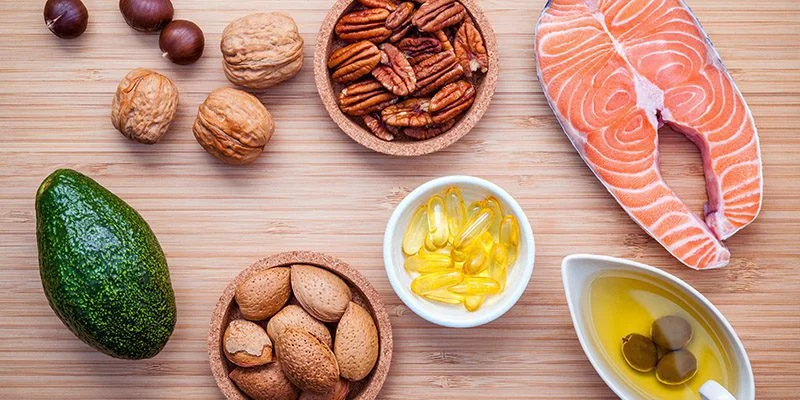Healthy Ways to Make Your Veggies Taste Good
“If vegetables tasted like chocolate, I’d be the healthiest person in the world.”
You’ve probably heard a similar comment at some point in your life. Intended to make light of poor eating habits, this statement reveals that many people aren’t eating enough vegetables. And that’s no laughing matter.
Dangers of a Low Vegetable Diet
Dietary intake of some leafy-green vegetables has declined by at least 40% in the last four decades due to changes in food harvesting and processing, water purification, and overall dietary habits. As a result of these and other factors, many in our society aren’t eating enough vegetables each day. Instead, they’re subsisting on the standard American diet (SAD), which contains excessive amounts of sodium, refined sugars, omega-6 fatty acids, trans fats, and calories.
The ramifications of not eating enough vegetables are serious, and we’re seeing the alarming results every day in our country. Failure to get the necessary nutrients from vegetables can lead to a host of physical and mental problems. These include cardiovascular and blood flow issues, memory and focus challenges, serious weight problems, gastrointestinal complications, organ failure, hormone imbalance, and even vision troubles.
Benefits of Eating Vegetables
Vegetables are rich in nutrients, high in fiber, and low in calories. You probably knew that. But did you know that eating vegetables may make you happier? Scientists from Dartmouth College and the University of Warwick conducted a study and found that the psychological well-being of the 80,000 participants rose with the number of daily servings of fruits and vegetables.
Vegetables, such as spinach, kale, collard greens, bell peppers, and squash, have tremendous health benefits. They provide an enormous array of vitamins, minerals, flavonoid antioxidants, anti-free radical carotenoids, and many other substances that promote good health. Plant foods can help balance healthy inflammatory response and have many other beneficial effects that lower your exposure to the brain, heart, blood pressure, blood sugar, joint, and gastrointestinal problems.
So, if you’re looking to add more nutrient-rich plant foods to your diet, here are several simple ideas on how to make your veggies taste good and add some zest to your meals…
7 Veggies and How to Make Them Taste Great (Even to Picky Eaters)

Brussels Sprouts
Though not the most universally appreciated vegetable, Brussels sprouts are extremely beneficial for you. Like cruciferous vegetables, Brussels sprouts are rich in fiber, vitamins A, C, and K, and manganese. They’re also a low-calorie food.
Prep Tips: Brussels sprouts can be prepared in a variety of ways (in the oven or on the grill) and you can add garlic or natural seasonings to enhance their flavor. Also, if you’re looking for a way to jazz up your salad, add Brussels sprouts as a tasty topping.
Spinach
There’s a reason why Popeye the Sailor gets a boost in strength and energy from eating spinach. This nutrient-dense vegetable is high in protein and fiber and is loaded with vitamin A, potassium, folate, and magnesium. Raw spinach is so nutritious, some people believe it contains bliss-enhancing nutrients.
Prep Tips: Substitute your usual lettuce with spinach in a salad, on a sandwich, or in a smoothie to increase your energy and vitality. Results from eating spinach probably won’t be as dramatic as those observed with Popeye, but you might be surprised at how good it makes you feel.
Broccoli and Cauliflower
Broccoli and cauliflower belong to the brassicas plant family. Brassica vegetables have sulfur-containing substances called glucosinolates that may help boost glutathione (a powerful antioxidant) in your body. Brassicas can help your liver, which aids in the body’s detoxification process. Benefits of these two brassica vegetables:
- Broccoli provides fiber, folate, vitamins C and K, and the minerals iron, potassium, and manganese.
- Cauliflower is high in fiber and vitamin C.
Prep Tips: Make sure to have some raw crudités available as a snack or an appetizer before a meal. You can also sauté broccoli or cauliflower in some walnut oil for a delicious side dish. Whenever you have a craving for mashed potatoes, try this mouthwatering recipe for Cauliflower Mashed Potatoes.
Asparagus

Prep Tips: Many people eat asparagus raw, steamed, in a salad, or grilled as a side. For a delicious treat, try lemon and garlic roasted asparagus.
Squash
There are many varieties of squash, including acorn, butternut, pumpkin, spaghetti, and winter squash. Butternut squash is especially rich in L-tryptophan, an essential amino acid that’s vital for a number of metabolic functions. Squashes provide vitamins B1, B3, B5, B6, and folate, vitamin E, potassium, and manganese.
Prep Tips: Just as there are many varieties of squash, there are numerous ways to prepare it. Serve cinnamon roasted squash as a side dish or make a delectable squash soup.
Kale
Kale is also a brassica crucifer and was a wildly popular vegetable in the late 90s and 2000s. However, America’s love affair with the leafy green has diminished in recent years, which is a shame. Kale provides the body with sulforaphanes, which are crucial for detox, and is also high in vitamins C and K, as well as calcium.
Prep Tips: Though typically associated with salads, kale can be prepared in many ways, including cooked and boiled, in a soup, or as snack chips. Try this delicious recipe for Clever Kale Slaw.
Mushrooms

Mushrooms contain beta-glucans (a unique category of large, branching, complex carbohydrates) that don’t affect blood sugar but remarkably enhance the immune system’s alertness against invaders. They also have ergothioneine, a powerful antioxidant that doesn’t get destroyed during the cooking process and may enhance immunity.
Prep Tips: Mushrooms can add flavor and texture to soups, salads, and veggie trays. Sautéed mushrooms make a flavorful (and filling) addition to entrees and vegetable dishes without contributing a lot of calories!
The next time you’re in the grocery store, fill your cart with vegetables to help fuel your body and keep your brain active and healthy. And give these recipes and preparation tips a try. We hope you get a thumbs up from everyone in your family.
At BrainMD, we’re dedicated to providing the highest purity nutrients to improve your physical health and overall well-being. For more information about our full list of brain healthy supplements, please visit us at BrainMD.



